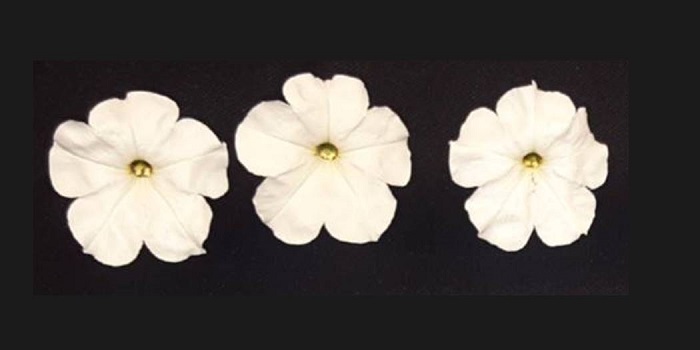
Emission of volatile organic compounds from petunia flowers is facilitated by an ABC transporter
Plant Science Research Weekly0 Comments
/
Plants can emit up to 10% of the carbon they fix as volatile organic compounds (VOCs), which function in abiotic stress tolerance, pollinator attraction, signalling between plants, and defending against pathogens and herbivores. It has been an open question whether these small molecules pass directly…
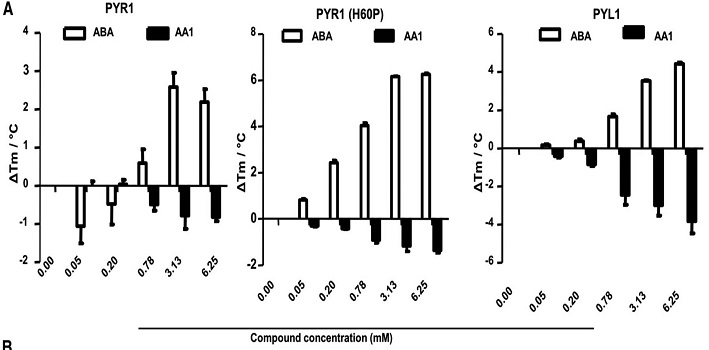
Abscisic acid Antagonist 1 (AA1): A ray of hope for extending shelf life of leafy vegetables ($)
Plant Science Research Weekly, ResearchAbscisic acid (ABA) is one of the phytohormones that plays a pivotal role in a plant's life from germination to senescence, and it drew additional attention of researchers owing to its involvement in abiotic stress. Leaf senescence is a natural phenomenon but if this process can be delayed by non-toxic…
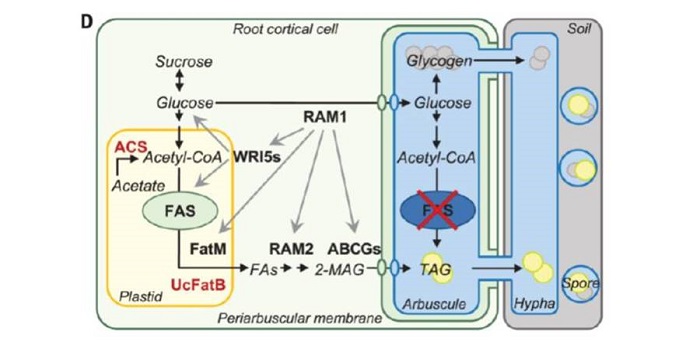
Fatty acids in arbuscular mycorrhizal fungi are synthesized by the host plant ($)
Plant Science Research Weekly, ResearchIn the symbiotic relationship between arbuscular mycorrhizal fungi and plants, the fungal partner greatly enhances the uptake of mineral nutrients (particularly phosphate), while in return it is supplied with organic carbon from the photosynthetic partner. Luginbuehl et al. investigated whether this…

Review: How does a plant orchestrate defense in time and space? Using glucosinolates in Arabidopsis as case study
Plant Science Research Weekly, ResearchPlants, like human societies, must live with the inherent conflict between investing in defense and investing in growth and infrastructure. Burrow and Halkier provide an interesting and highly readable overview of the strategies by which Arabidopsis optimizes the production and distribution of glucosinolates,…

A Possible Strategy for Increasing Methionine Titer in Seeds
Plant Physiology, Plant Physiology: On The Inside, ResearchMethionine is a nutritionally essential sulfur-containing amino acid found at low levels in plants and in their seeds. It often limits the nutritional value of crop plants as a source of dietary protein for humans and animals. In plants, methionine plays key roles in protein synthesis and mRNA translation,…
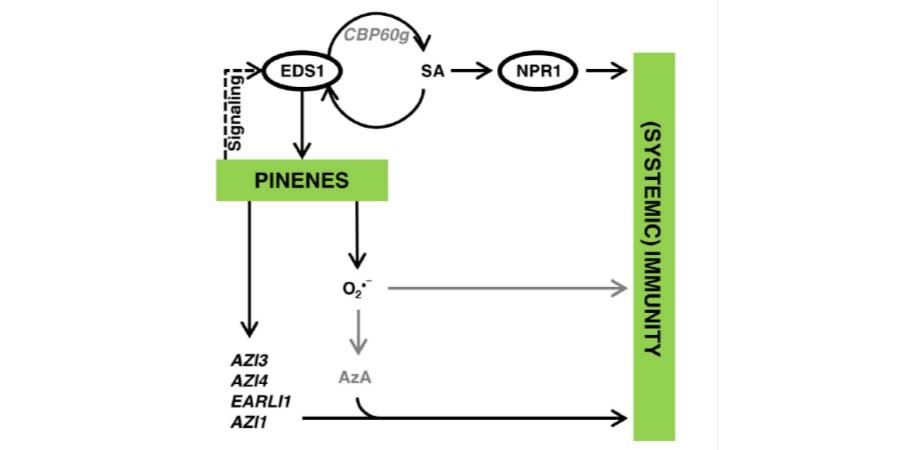
Secrets of the Forest: Volatiles First Discovered in Pine Trees Propagate Defense Signals Within and Between Plants
Blog, Research, The Plant Cell, The Plant Cell: In BriefSystemic acquired resistance (SAR)—a plant-wide heightened state of defense following localized exposure to a pathogen—is characterized by increased salicylic acid (SA) and ROS levels and elevated expression of pathogenesis-related genes. SAR depends on ENHANCED DISEASE SUSCEPTIBILITY1 (EDS1), which…
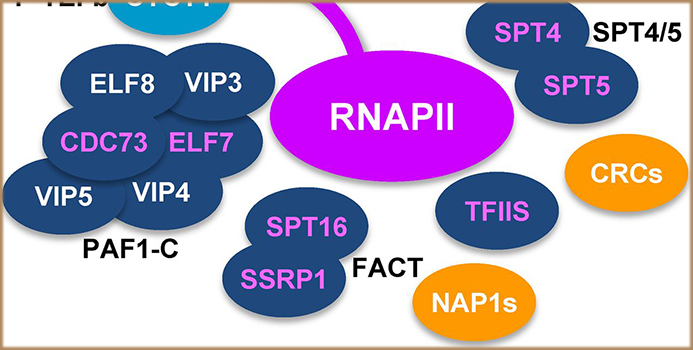
Intricacies of Transcription Elongation
Research, The Plant Cell, The Plant Cell: In a NutshellAntosz et al. provide insight into the complex process of transcription elongation by RNA polymerase II http://www.plantcell.org/content/29/4/854.abstract
The genetic blueprint for the production of proteins is stored in the DNA of a plant cell. In a first step, the enzyme RNA polymerase II generates…
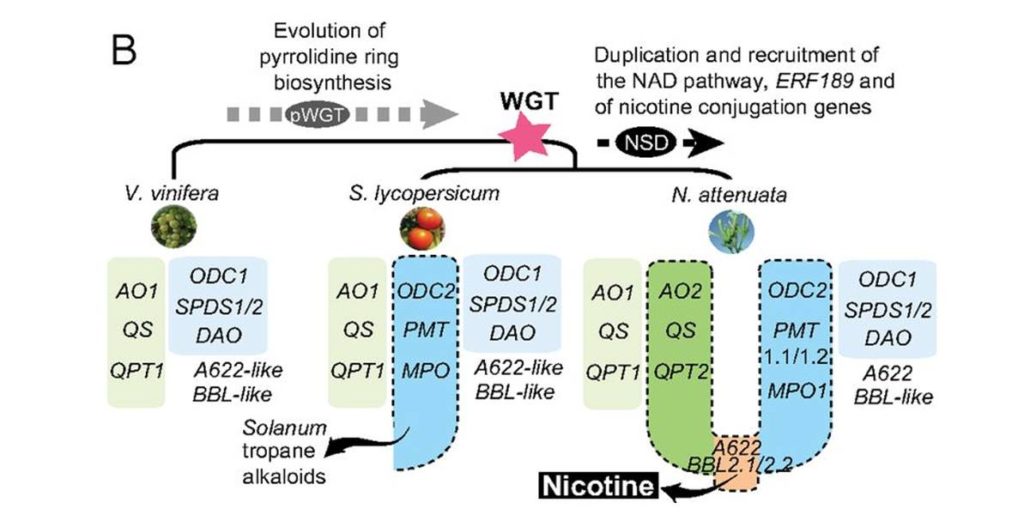
Wild tobacco genomes reveal the evolution of nicotine biosynthesis
Plant Science Research Weekly, ResearchThe genus Nicotiana encompasses several species and hybrids, the most famous being Nicotiana tabacum, cultivated for production of tobacco. Xu et al. sequenced the genome of Nicotiana attenuata and Nicotiana obtusifolia with an interest in identifying the origins of nicotine biosynthesis. Nicotine is…
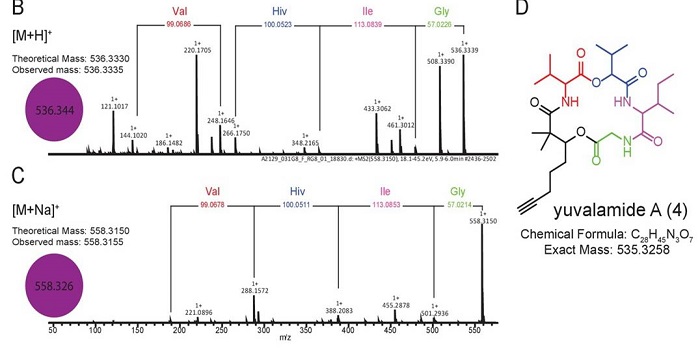
Exploring the chemical diversity and distribution of marine cyanobacteria and algae through mass spectrometry
Plant Science Research Weekly, ResearchLike plants, algae and cyanobacteria produce a dizzying array of largely unexplored natural products that can be used as medicines, in biotechnology and in agriculture. Luzzatto-Knaan et al. used mass spectrometry (MS) to explore chemical diversity from marine samples collected across space and time.…

